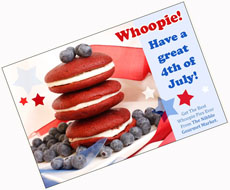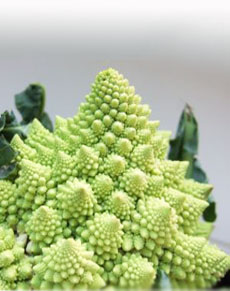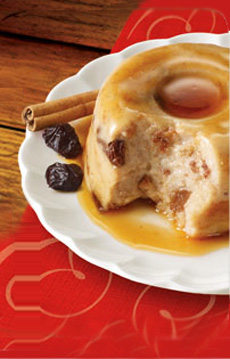|
2. Better Food. Family farmers have a profound attachment to their land and a love of farming. They want their product to be the best. Corporate farm developments don’t have the same devotion.
3. Local Economy Boost. Buying local benefits your community. By supporting local businesses, you keep your money “close to home,” helping your community prosper. The New Economic Foundation, an independent economic research firm in London, found that twice the money stayed in the community when people bought products produced locally.
4. Save Farmland. A heartbreaking amount of farmland is lost every year to commercial development. By supporting local food so that farmers don’t have to sell their land, you preserve both the beauty of a farm and a way of life that is our heritage.
5. Less Air Pollution. Less food travel means fewer fuel contaminants released into the air—and thus, a healthier environment. According to a study by the journal “Food Policy,” even organic food transported long distances creates environmental damage that outweighs the environmental benefit of buying organic.
6. Building Community. Eating local brings you closer to your community. You can go to farmers markets and meet exactly who is growing your food. Some farms can accommodate visitors—a wonderful experience for adults and children alike.
Eating local isn’t confined to dairy and produce. Baked goods, meats, honey and numerous other food categories are produced locally.
A food writer we know moved his family to a rural area so he could live a pure locavore life, growing and canning his own produce, keeping his own chickens, buying flour from regional mills, etc. The only “non-local” foods he buys are coffee and olive oil—neither of which can be produced in the Northeast. When we last spoke, he was building a shed to house goats for milk and cheese.
No one has to make that kind of commitment. Just remember that “eating local” benefits everyone, starting with you. Buy local when you can, and take a step toward an improved community, environment and dishes on the table.
|





